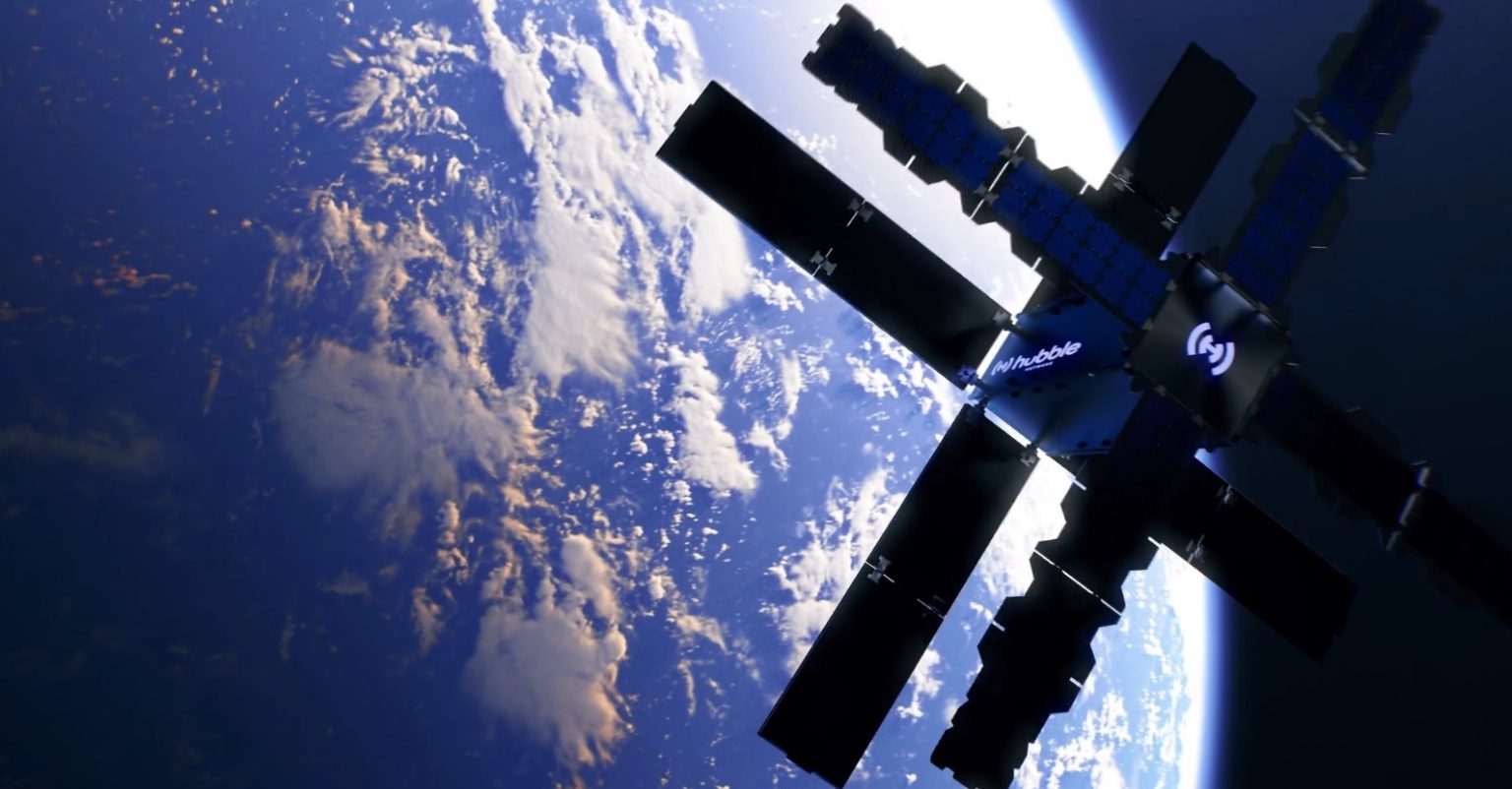Hubble Network Secures $70 Million to Revolutionize Global Connectivity
In a significant development for the satellite communications industry, Seattle-based Hubble Network has announced securing $70 million in Series B funding to accelerate the growth of its innovative satellite-powered Bluetooth network. This substantial investment, led by Ryan Swagar of Swagar Capital, builds upon $30 million in previous funding, bringing the company’s total investment to $100 million. The impressive roster of investors includes notable tech entrepreneurs Tom Gonser (DocuSign co-founder), Mike Farley (Tile co-founder), Marc Weiser (RPM Ventures), Tuff Yen (Seraph Group), and the renowned startup accelerator Y Combinator. Their collective endorsement signals strong confidence in Hubble Network’s pioneering approach to global device connectivity, which aims to overcome traditional infrastructure limitations.
At the heart of Hubble Network’s vision is a revolutionary concept: connecting billions of devices worldwide without requiring new hardware or expensive infrastructure investments. As CEO Alex Haro explained in the announcement, “Our vision has always been to connect billions of devices seamlessly and cost-effectively, without requiring hardware or infrastructure. This round confirms the strong demand for scalable, low-power, global IoT connectivity.” The company’s approach represents a paradigm shift in how we think about the Internet of Things (IoT), potentially democratizing access to global connectivity for everyday devices and sensors. By leveraging existing Bluetooth technology that’s already embedded in billions of devices worldwide, Hubble Network eliminates the need for specialized hardware that has traditionally limited IoT adoption due to cost and complexity barriers.
The technical foundation of Hubble Network’s system, unveiled in July 2025, is both elegant and groundbreaking. It utilizes Bluetooth Low Energy (BLE) technology—already standard in most modern consumer electronics—enhanced with proprietary modifications that allow these signals to be detected by specialized phased-array antennas mounted on the company’s orbiting satellites. This technological achievement has impressed investors and industry observers alike, with lead investor Ryan Swagar noting, “Hubble is doing what many thought was impossible, making space accessible for everyday devices. Their unique architecture, strong technical execution and proven customer demand position them to define the future of global connectivity.” The innovation lies in extending the reach of a short-range communication protocol like Bluetooth to a global scale without requiring users to modify their existing devices.
Despite its celestial focus, Hubble Network has no connection to NASA’s famous space telescope of the same name. Rather, the company’s name cleverly references its function as a “hub” for Bluetooth Low Energy (BLE) transmissions around the globe. The company currently operates a modest constellation of seven satellites but has ambitious plans to expand this network to 60 satellites by 2028. This planned expansion demonstrates the company’s confidence in market demand and the scalability of its technology. To support this growth, Hubble Network has partnered with Muon Space to develop larger, more capable satellites for its expanded constellation, ensuring the network can handle increasing data volumes as adoption grows across various industries and use cases.
The company has already established impressive strategic partnerships that give it immediate access to a massive user base. By joining forces with Life360 and Tile, Hubble Network can potentially connect with more than 90 million devices already in consumers’ hands. This partnership strategy is particularly shrewd as it allows Hubble to demonstrate real-world applications and value immediately, rather than waiting years for adoption to grow organically. For consumers, this could mean enhanced capabilities for existing products—imagine being able to locate a lost Tile tracker anywhere on Earth, not just when you’re within Bluetooth range or near someone else using the Tile app. For businesses, the applications span asset tracking, supply chain management, environmental monitoring, and countless other use cases where global visibility of simple sensors could provide transformative insights.
As the IoT landscape continues to evolve, Hubble Network’s approach addresses several persistent challenges that have hindered widespread adoption. Traditional satellite connectivity options have been prohibitively expensive for most applications, while cellular solutions suffer from limited global coverage and high power requirements. By leveraging Bluetooth—a protocol specifically designed for energy efficiency—Hubble Network enables battery-powered devices to operate for years without replacement, making deployments more practical and sustainable. The implications for industries ranging from logistics to agriculture, urban planning to environmental conservation, are profound. With this latest funding round, Hubble Network appears well-positioned to deliver on its promise of ubiquitous, affordable connectivity that could fundamentally reshape how we monitor and manage the physical world. The company’s progress will be closely watched as it works to bridge the gap between the billions of everyday objects in our lives and the digital realm of data and analytics.















